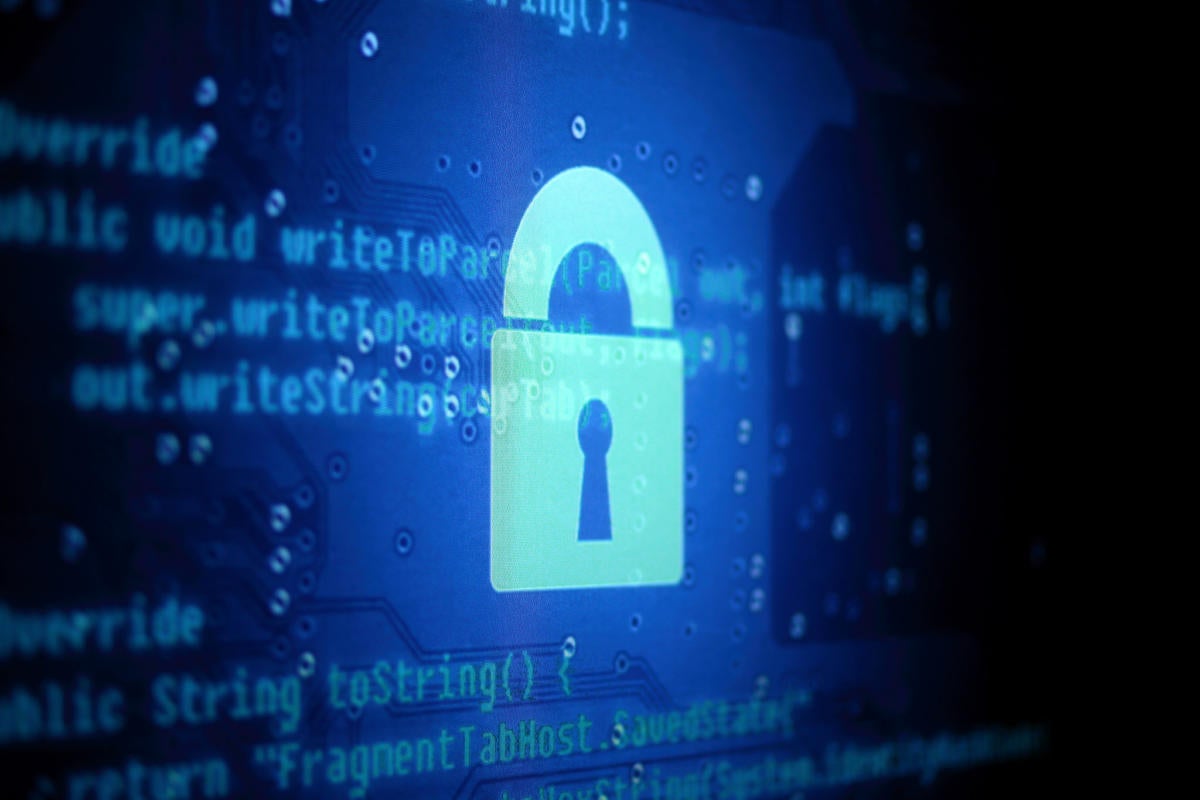
There’s always something you don’t want the opposition to know about. The next play, the new strategy, or an analysis of where you think you can win and come out on top…
Especially when the ‘opposition’ can include everybody from corporate competitors, and careless or disgruntled employees, to professional cybercriminals.
Staying ahead of the game
That’s why the emphasis today is increasingly on the ‘how’ rather than the ‘what’: how can you share sensitive information quickly, easily, and securely, without fearing you’re giving the game away?
It’s a high stake game too, when you factor in impending GDPR legislation, and the penalties that go with non-compliance. Indeed losing any form of customer data and the resulting fines, operational disruption, and reputational damage, could well prove game over.
Keeping it secret: the role of encryption
It’s safe to say that at some point your data has the potential to become exposed. A laptop left on a train, a lost USB stick full of records (downloaded outside of established security procedures so the owner could work from home) etc.
An exposure that’s (usually) as much the result of human error as it is malicious behaviour. Even so, the result is that your data is ‘out there’, and no longer under your control.
Bad right? Well, not necessarily if you have the right encryption in place, and that the data is ineligible without the key – to which only you have access.

Making encryption work
Encryption can seem unnecessarily complicated, but is actually a relatively straightforward process. Here are three suggestions that start with ‘simple’ and end with ‘comprehensive':
Suggestion #1: the power of a password
This one is really simple, but surprisingly underused. It’s about using file types that can be protected with a password. For example when sharing data via an Excel file, the user has the ability to add a password to it. By clicking on this function the information is immediately and automatically encrypted with strong AES256 encryption.
This file is then sent over normal email channels, with the password sent separately as a text/SMS to the recipient. It’s that easy, and from a security perspective it’s a process that works perfectly well for most instances of information sharing.
What’s more, it’s an action/process that can be implemented quickly without the need for additional IT budget to make it happen. The main downside: the user has to do all the work, and maintain responsibility for sharing and protecting passwords.
Suggestion #2: delivering always-on encryption
This is becoming an increasingly attractive proposition in light of the imminent arrival of GDPR because, rather unsurprisingly, it delivers ‘always on’ encryption. That means each file in the network is automatically encrypted, and remains so unless someone makes the conscious effort of removing it.
Again, it’s easy to introduce and implement (the recipient here also needs a password sent via SMS or email), and offers businesses the reassurance that only encrypted files are leaving the building – unless an individual has gone to the trouble of specifically sending an unprotected file.
This suggestion is therefore ideal for organisations wanting a safer way to store and access data on their internal networks, and for ensuring effective encryption is embedded into established policies and procedures.
Suggestion #3: Control from a distance
One common theme running through the previous two suggestions is that they’re dependent upon the ‘goodwill’ of the recipient, to keep the files safe. That’s because as soon as the data’s decrypted it’s done, laid bare, and now outside your control.
The recipient is therefore free to do what he or she wants to with it, and share this decoded content with anybody they want (and remember, you’re always liable for any information being shared by your company) – meaning you go from having full control over the data to keeping your fingers crossed.
The good news however is that this doesn’t have to end the game. Instead, solutions already exist that allow you to revoke any file at any moment – irrespective of location and ‘platform’ (if it’s been copied to a USB drive, or shared via tools like Box and OneDrive etc.).
In combination with data loss prevention (DLP) technology and classification, individual files can be encrypted automatically, thereby giving IT all the control they need to keep files safe across an extended and distributed working environment.
Bringing encryption to life
So if you’re considering encryption as part of a wider GDPR response strategy, COMPAREX can offer advice and guidance on what you need to know, the best tools on the market, and how to get them working in line with your existing business processes.